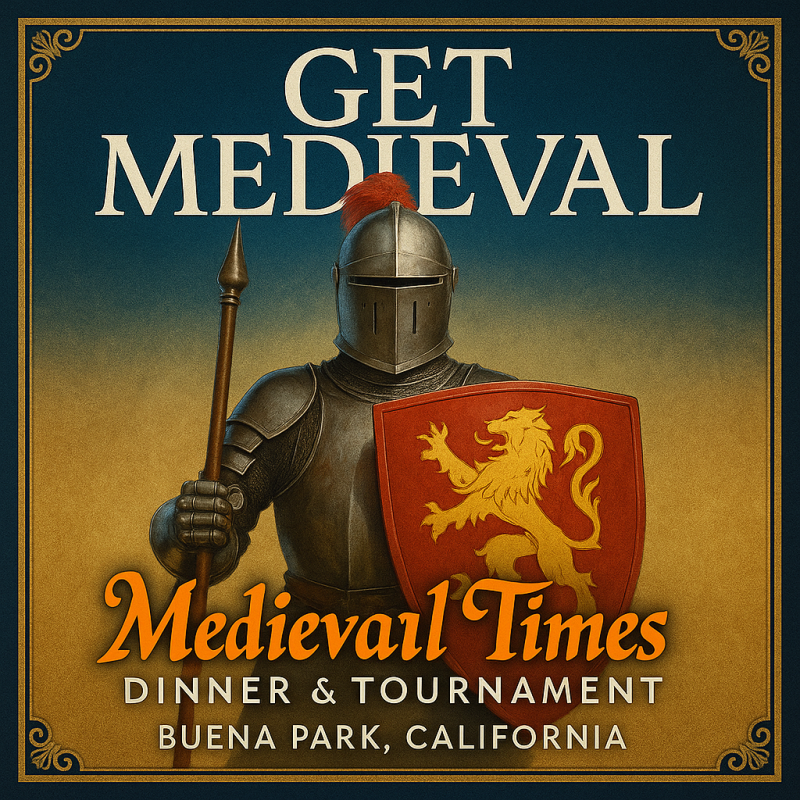By Mauricio Segura

Photo: Webador Stock
Buenos Aires tells time differently. The day begins with coffee and a plan, resets itself in the late afternoon, and only truly gets moving when other cities start stacking chairs. Dinner does not hurry. Many restaurants open around eight, locals drift in closer to nine thirty, and a table at ten or eleven feels unremarkable, especially on weekends. The effect is less about nightlife for its own sake and more about a civic agreement that conversation tastes better after dark.
That unhurried clock is kept by merienda, the late afternoon pause that props up the evening. Around five, café con leche appears in thick cups, plates of medialunas arrive, and friends unspool the day’s small dramas. It is not really a snack; it is a hinge that separates day from night and makes a late supper feel natural. The custom grew from Iberian habits and became a daily rite with its own rhythm and vocabulary.
When the dinner hour finally lands, the city splits in two. On one side are the bodegones, neighborhood institutions born of Italian and Spanish immigration in the late nineteenth and early twentieth centuries. Their menus are long and literal, their portions confident, their mood generational. You order a milanesa that overhangs the plate, fusilli with tomato sauce, mussels bright with garlic and parsley, a bottle of straightforward red, and you understand how Porteño cooking grew out of immigrant kitchens and never forgot them. These dining rooms are not nostalgic set pieces. They are the through line.
On the other side, the parrilla sets an even slower tempo. Meat is not rushed, nor is the table. Ribeye and tira de asado arrive with that elemental combination of smoke, fat, and salt, joined by provoleta, salads, and papas fritas. You do not look for spectacle. You settle into a steady rhythm of service that assumes people will linger. The late start becomes an asset rather than an inconvenience because the meal is a long conversation with intermissions.
After midnight, the city’s second wind is public knowledge. Milongas begin when most dances finish, and the floor grows more confident as the hours stretch. Many start around ten and run well into morning, with lessons before and tandas after. Step outside between songs and you can still hear knives on plates in nearby restaurants. The city keeps its late promise with quiet ease.
If dessert keeps the lights on, ice cream keeps the sidewalks busy. Argentine helado is Italian by ancestry and local by temperament, creamy and dense and taken seriously. In summer, and often in shoulder seasons too, heladerías stay open late into the night. A cone at one in the morning is not a guilty pleasure. It is the expected last stop, a ritual that seems to live at the intersection of climate, custom, and a national sweet tooth.
For a faster fix, choripán answers another need. It is functional warmth at the end of a night, a bridge between venues, or a reward promised after a match. Grilled chorizo, crusty bread, a swipe of chimichurri or salsa criolla, and you are holding the country’s most democratic sandwich. You will find it at carts, ferias, and outside stadiums, a standing meal that explains why Buenos Aires rarely sends anyone home hungry.
The pattern would already be clear with merienda at dusk, a late parrilla, a milonga that ignores the clock, and a scoop of dulce de leche when the streets cool. What rounds it out is the café. Buenos Aires protects a group of historic cafés known as bares notables, places where marble tables and wooden counters hold stories as sturdily as they hold cups. You can come in the morning for café con leche and medialunas, at noon for a tostado, or well into the night for one last cortado. To sit in one is to keep company with a form of urban memory that the city has taken the trouble to preserve.
First time visitors might be tempted to eat on familiar schedules and then wonder why rooms are empty before nine. The simple adjustment is to lean into the local timetable. Take merienda, plan a later dinner, and let the evening stretch. Tango halls post start times that would look like typos elsewhere, ice cream shops plan for crowds when the sidewalks cool, and restaurants expect you to stay long enough that the bill usually arrives only when asked for. None of this is a performance for outsiders. It is a domestic equilibrium that happens to welcome company.
If a city can be measured by how it eats, Buenos Aires makes its logic clear. Stretch the day with a pause, stretch the night with a table, and trust that people will fill the space between with talk. You do not need to conquer this schedule; you only need to try it for a few days and notice what it permits. Prime time turns out to be an idea rather than an hour. Midnight is only a suggestion.













